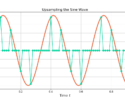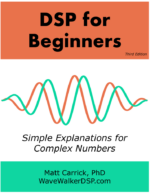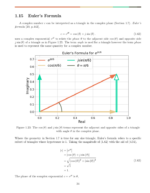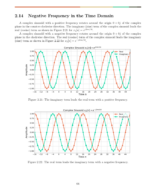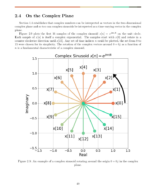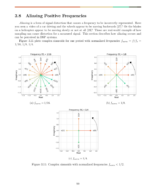Table of Contents
Introduction
A simple guide for how to write a technical paper. Describes what sections you need and the easiest order to write them.
More blogs!
Getting Started
Writing can be intimidating! Looking at a blank screen and needing to fill it up presents a challenge. Maybe you to write a final paper for a class, you’re writing a resume, or you’re writing a dissertation.
How do you get started?
The best way to begin is to write whatever is easiest. Start writing whatever pops into your mind and just get it on paper. Allow yourself to make spelling mistakes. It’s perfectly fine if you don’t have complete sentences. Give yourself the grace to brain dump and get as much on paper regardless of how messy it is.
Things that are not important when getting your first thoughts on paper:
- grammar
- spelling
- the paper outline
- anything that slows down getting ideas onto paper
Cut and paste are your friends! After you’ve written stream of consciousness you can the rearrange words, sentence fragments and entire paragraphs to get them into a more logical flow. Often the words have a way of organizing themselves. Put all of the words together that have the same topic and then organize the topics.
Now that you’ve written down everything that’s easy, I’ve got a couple steps to get the remaining information out of your brain and onto the paper.
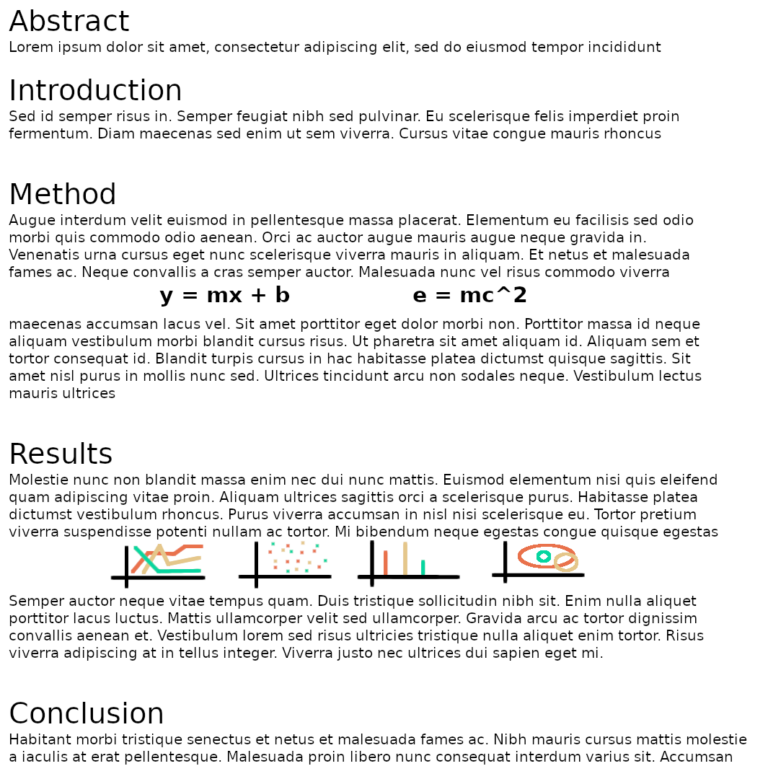
The Results Section
Reading a paper and writing a paper are different things. The structure of a paper is designed for the reader. An introduction outlines the paper, the body fills in the details and the conclusion summarizes the paper. The paper is meant to be read in order. However, I have found that writing a technical paper is easiest when working inside-out.
Let’s back up a step.
Before writing a technical paper you will likely have already developed a technical simulation, algorithm or method that you want to describe or propose. This is a great starting off point, and I always start all of my technical papers in the results section because it’s the easiest to write.
Why?
Because it’s the most focused part of the paper with the narrowest view. The beginning and ending of a paper have to have global perspectives on the entirety of the work which summarize the paper. Yet the results section merely has to display some graphs about the technical performance and describe them. You’ve added in a couple graphs and added some analysis around them and now you’re at a couple of pages already. Congratulations! You’re off to a great start.
Describing the Method
Your paper so far describes a couple of graphs. But what’s producing those graphs? You may have a simulation, field trial data, mathematically derived results, or some combination of the above. Now it’s time to describe the method in which the results were collected.
Every paper needs a section which describes how the results were obtained. That can include common equations which describe the operation of the system, new equations which describe a new algorithm or methods for how field data was collected. Write down all of this information and move this section to before the results section.
Congratulations! You’ve just added a couple more pages to the total length. The body of the paper is done, now that’s left is summarizing the paper in a few different forms.
Writing the Conclusion
The conclusion is a short summary of the body of the paper. You want to summarize what you proposed, a description of the results, and describe any future work. The conclusion needs to be short, 1-2 paragraphs will typically get the job done.
Writing the Introduction
Oddly enough the introduction is a lengthier version of the conclusion. Take the conclusion you just wrote and expand it to about double the length.
Why does the reader need an introduction if the paper is always summarized in the conclusion? It goes back to the old adage,
Tell them what you’re going to tell them,
tell them,
tell them what you told them.
The introduction is different than the conclusion in that it is presenting information to the reader, rather than summarizing what has already been said. An introduction may need to refer to or describe material necessary to understand the content of the paper, which may be done through a literature survey.
Literature Survey
A literature survey is when the author of the paper does a search across all relevant papers, journals, books, and other reference materials. In academia this often results in references to papers in IEEE, ACM or arxiv. I propose that web searches to include blogs and YouTube videos can also be a relevant source of information based on the expertise of the creator.
A literature survey does a couple things:
- Ensures that you the author are up to date on all of the relevant methods and techniques
- Ensures that what you are proposing is new and novel
- Demonstrates to the readers, and particularly reviewers, that you have done your homework and increases your technical credibility
- Provides references to background material that readers can look to for additional information
The Abstract
The abstract is the cherry on top of the sundae: it’s the smallest part and it goes on last. Take your introduction and condense it down to 3-4 sentences and insert at the very beginning of your paper.
Congratulations! You’ve completed the first draft of your paper! Run it through spell check, re-read it a couple of times, have a partner review it for you and you’ll be all set.
Conclusion
This blog summarized the process for how to write a technical paper. Develop the results section, then write the method, and then summarize the paper in the conclusion, introduction and abstract.
More blogs!
